
Baseball’s most sublime moments happen when a defender turns the impossible into the inevitable. When the stadium collectively gasps, when broadcaster voices crack mid-sentence, when highlight reels find their forever footage—these are the defensive plays that transcend box scores. The difference between good and legendary often comes down to milliseconds, inches, and that inexplicable sixth sense only the greats possess. What follows isn’t just a collection of catches—it’s a museum of baseball miracles, each exhibit more mind-bending than the last.
10. The Say Hey Kid Says No Way
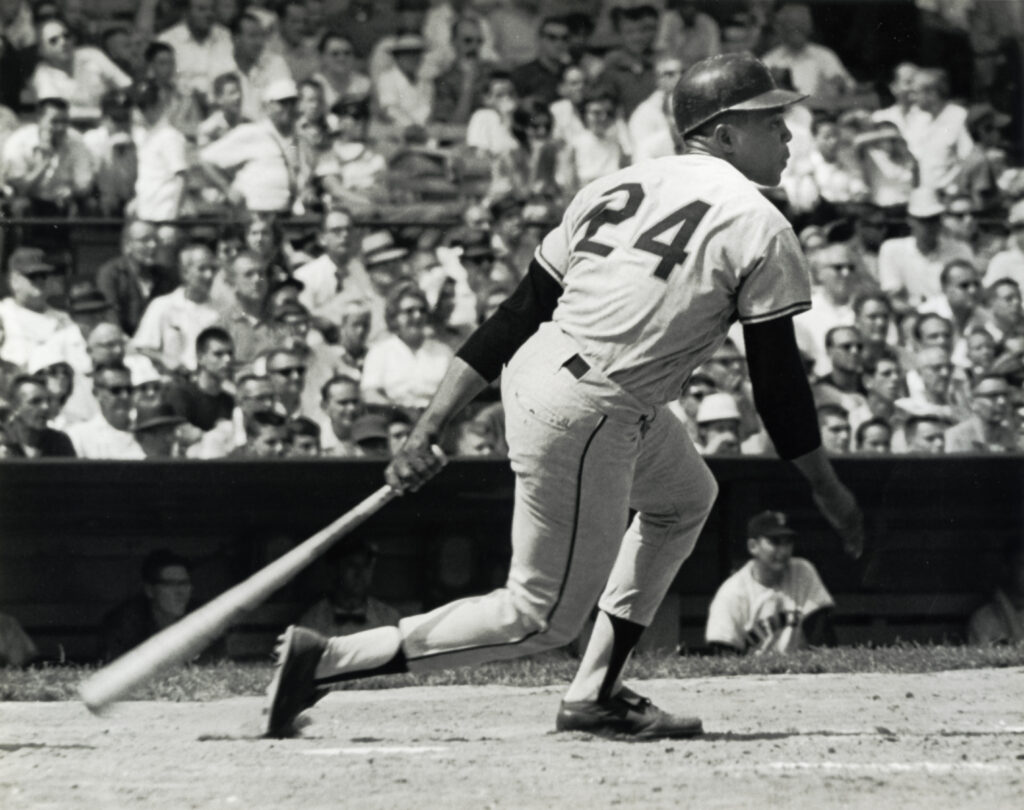
The 1954 World Series didn’t just give fans a baseball play—it delivered a mathematical impossibility. Willie Mays, patrolling the vast center field ocean of the Polo Grounds, transformed what should’ve been a back-breaking extra-base hit into baseball’s Mona Lisa. With the Giants and heavily-favored Indians deadlocked in the eighth inning of Game 1, Mays chased down Vic Wertz’s titanic blast with his back to home plate, hauling it in over his shoulder before whirling to fire the ball infield.
The numbers behind this masterpiece are staggering. Mays covered nearly 70 yards at full sprint, caught a ball that traveled roughly 420 feet, and did it all in a park where center field stretched an absurd 483 feet from home plate. The Giants rode this momentum shift to an extra-innings win and eventually swept the series. Six decades later, outfielders still study this footage like film students analyzing Citizen Kane, knowing they’re watching the standard that defined defensive greatness.
9. The Captain’s Crimson Badge
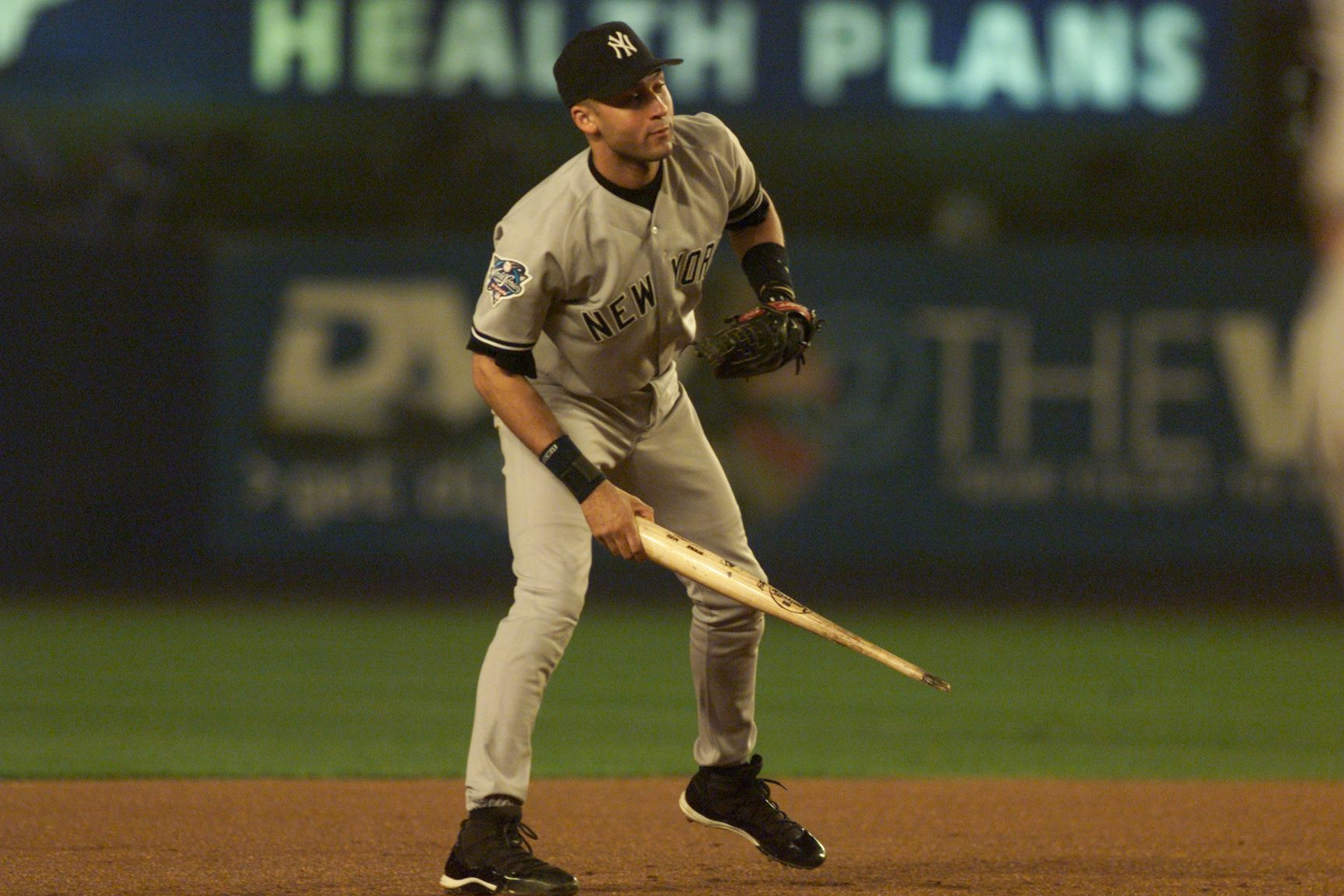
Some plays demand more than skill—they require reckless disregard for personal safety. Derek Jeter’s face-first dive into the Yankee Stadium stands on July 1, 2004, wasn’t just a critical out in a 12-inning marathon against the rival Red Sox. It was baseball’s perfect embodiment of leadership by example.
Tracking Trot Nixon’s twelfth-inning pop-up at full sprint, Jeter caught the ball an instant before momentum hurled him over the third-base railing and into the first row of seats. He emerged bloody-faced minutes later, still clutching the baseball like a war prize. The Yankees won that night, but the lasting image wasn’t the final score—it was their shortstop’s battered face, a battle scar that became symbolic of the sport’s most heated rivalry. Jeter needed medical attention afterward but brushed it off with typical understatement: just another day at the office for a player who turned sacrifice into an art form.
8. The Ninth-Inning Perfection Preserver
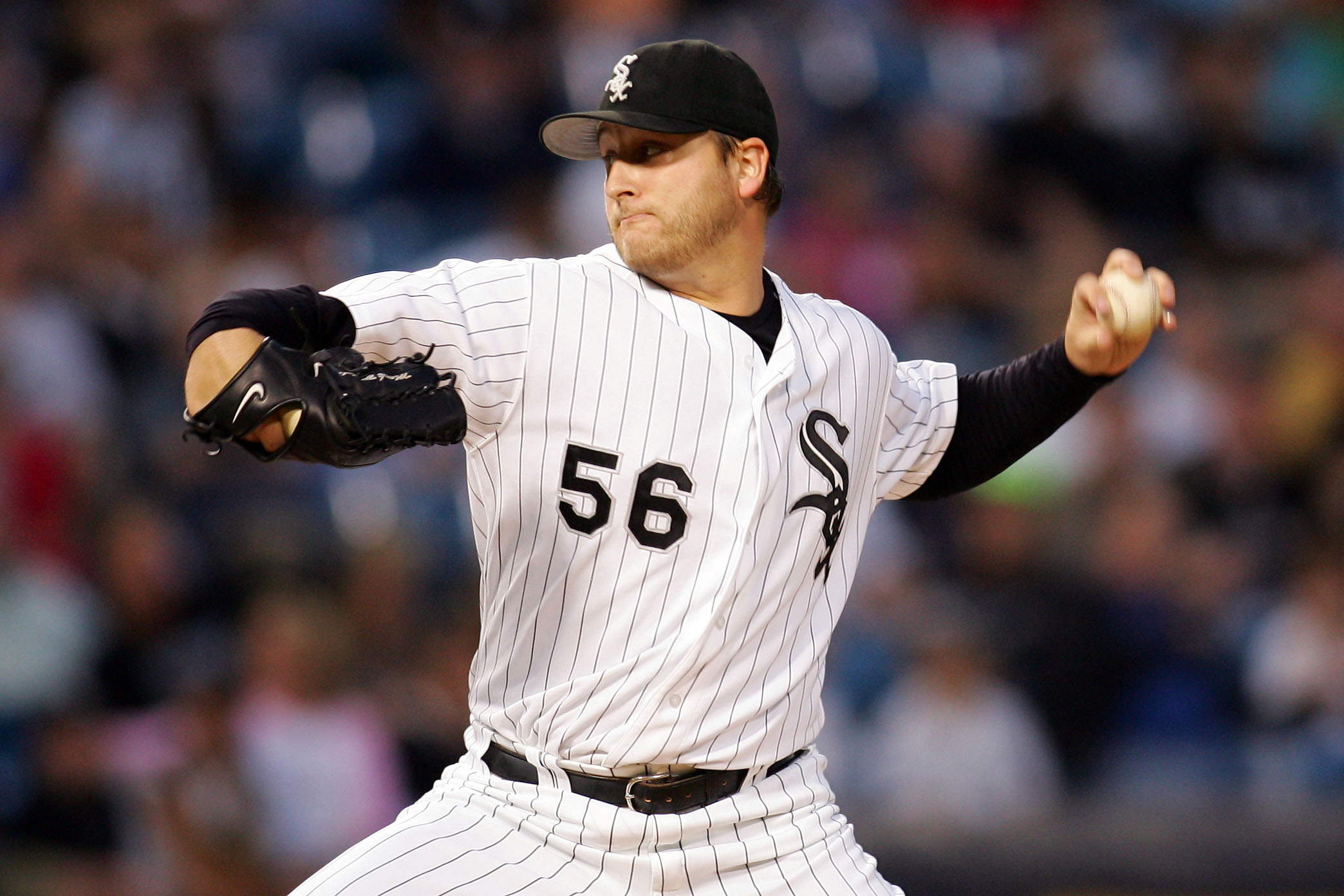
Baseball’s most precious jewels are its perfect games—27 batters up, 27 down, no exceptions. When Mark Buehrle stood one out away from this rarefied achievement on July 23, 2009, journeyman outfielder Dewayne Wise entered as a defensive replacement. Talk about perfect timing.
Tampa Bay’s Gabe Kapler launched what looked like history’s cruelest spoiler toward the left-center wall. Wise, sprinting toward the fence like a man possessed, timed his leap immaculately, extended his glove beyond the wall, and briefly bobbled the ball upon impact before securing it with his bare hand during the descent. This wasn’t just a catch—it was a rescue mission for baseball history. A career .228 hitter whose name might otherwise have faded from memory, Wise instead earned permanent residence in baseball lore by preserving the 18th perfect game ever thrown, a statistical unicorn occurring in less than 0.01% of all MLB contests.
7. The Tokyo Drift
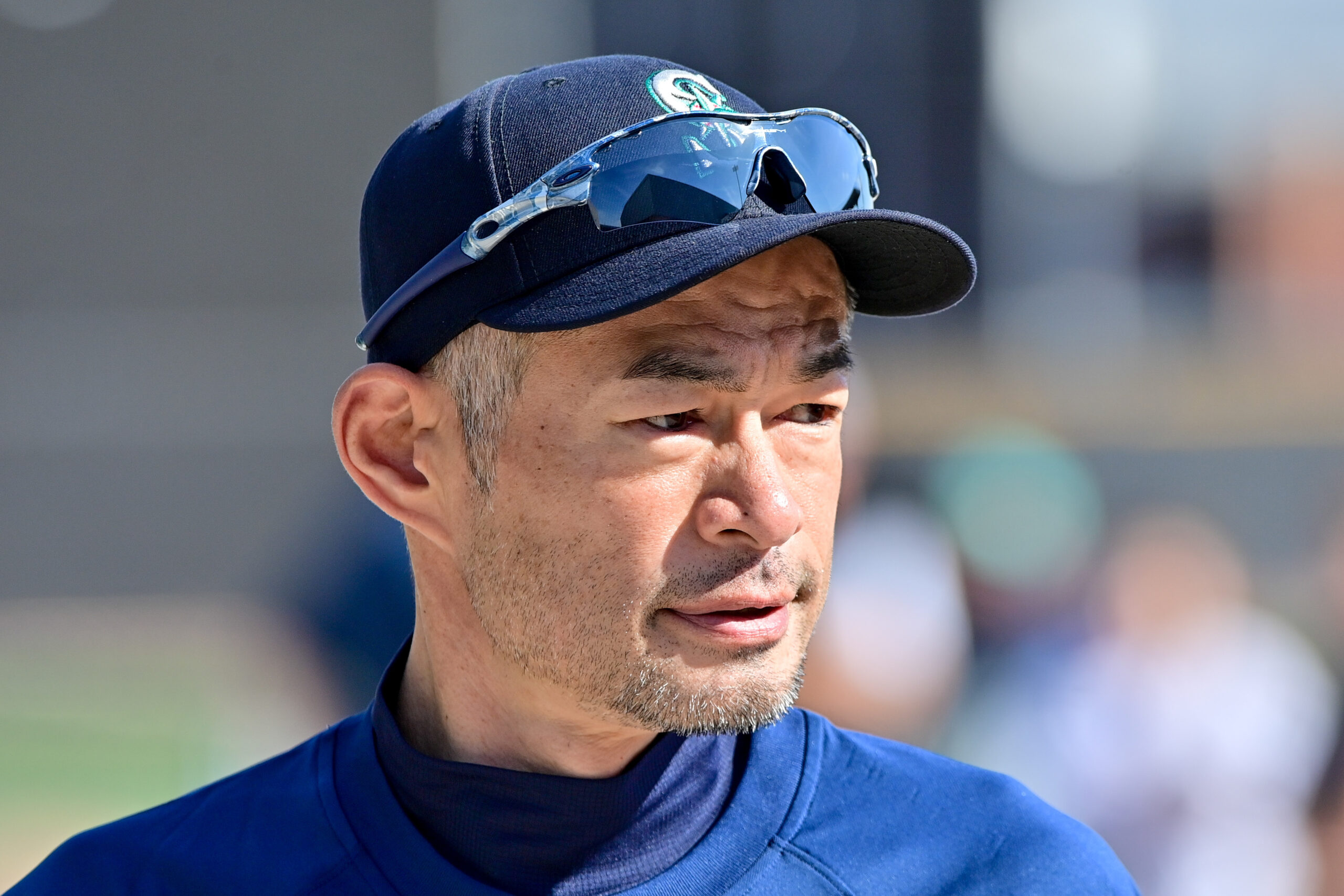
For most outfielders, robbing a home run represents the apex of their defensive highlight reel. Ichiro Suzuki made it look routine. His scaling of the right field wall to steal a homer from Garret Anderson wasn’t just theft—it was athletic larceny committed with suspicious nonchalance.
What separated this play from countless wall-climbs? The supernatural first-step quickness that gave Ichiro that crucial extra half-second needed to reach the wall, plant his cleats against it, and propel himself skyward as if gravity were merely optional. At his vertical peak, arm fully extended, he snatched certain home run distance with the casual precision of someone plucking an apple from a tree. Ten straight Gold Gloves don’t happen by accident—Ichiro’s defensive brilliance matched his hitting prowess. His post-catch jog back to position, deliberately understated, said everything about why fans and fellow players regarded him with equal parts admiration and bewilderment.
6. Junior’s Masterclass
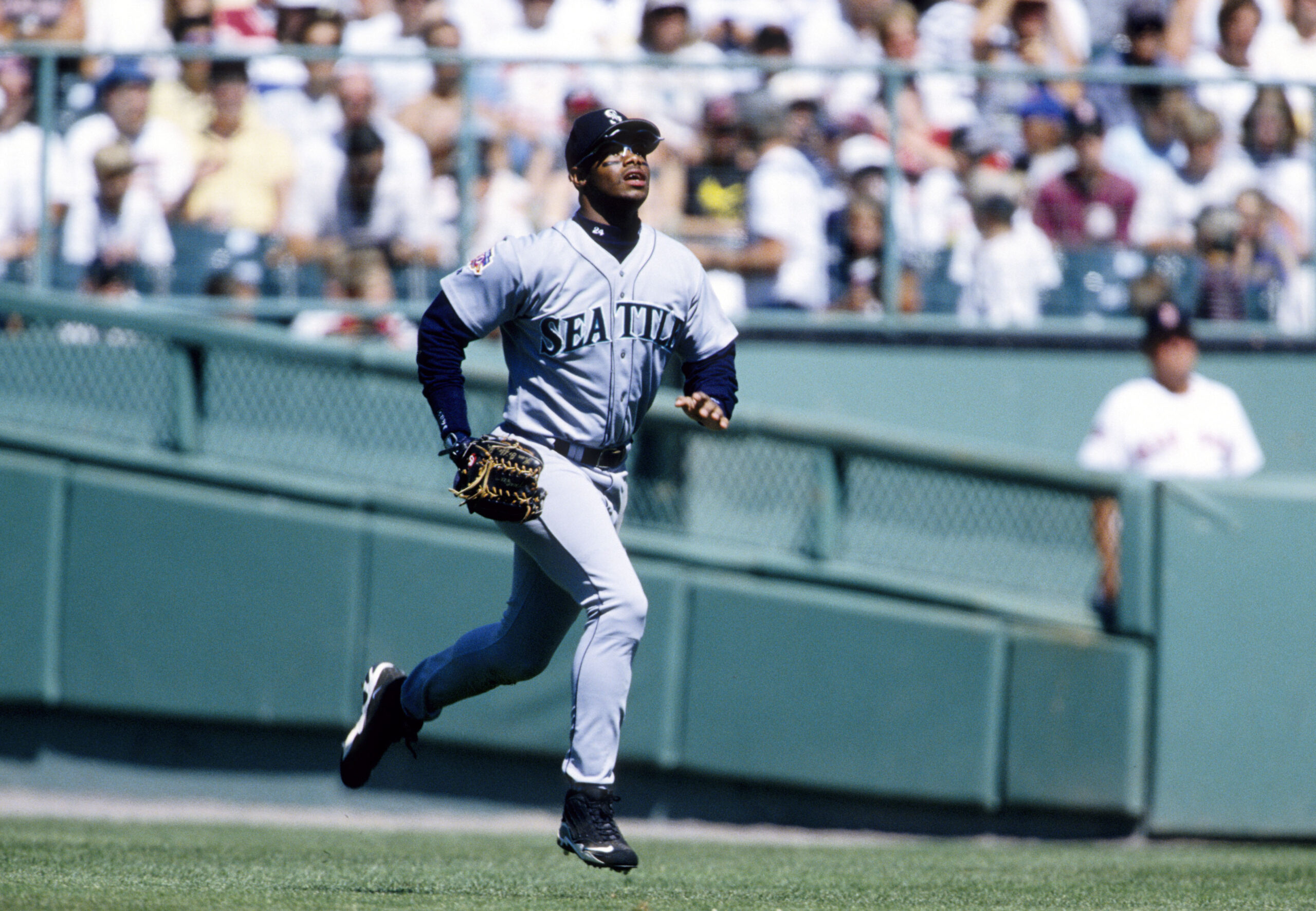
Ken Griffey Jr. didn’t just patrol center field—he owned the real estate. His robbery of Luis Gonzalez’s would-be home run showcased why The Kid remains baseball’s defensive gold standard, the outfielder all others are measured against decades later.
What made this catch quintessential Griffey wasn’t just the perfect route to the wall or the precise timing of his leap—it was the aesthetic perfection of the entire sequence. The backward cap, the unhurried stride that suddenly accelerated, the basketball-like vertical, the casual smile afterward. Griffey turned defense into performance, injecting swagger into what had previously been baseball’s workmanlike department. An entire generation of 90s kids grew up climbing backyard fences trying to “be like Griffey,” reaching for imaginary home runs while mimicking that signature left-handed flick of the glove. None of them ever quite matched the original.
5. The Matthews Matrix
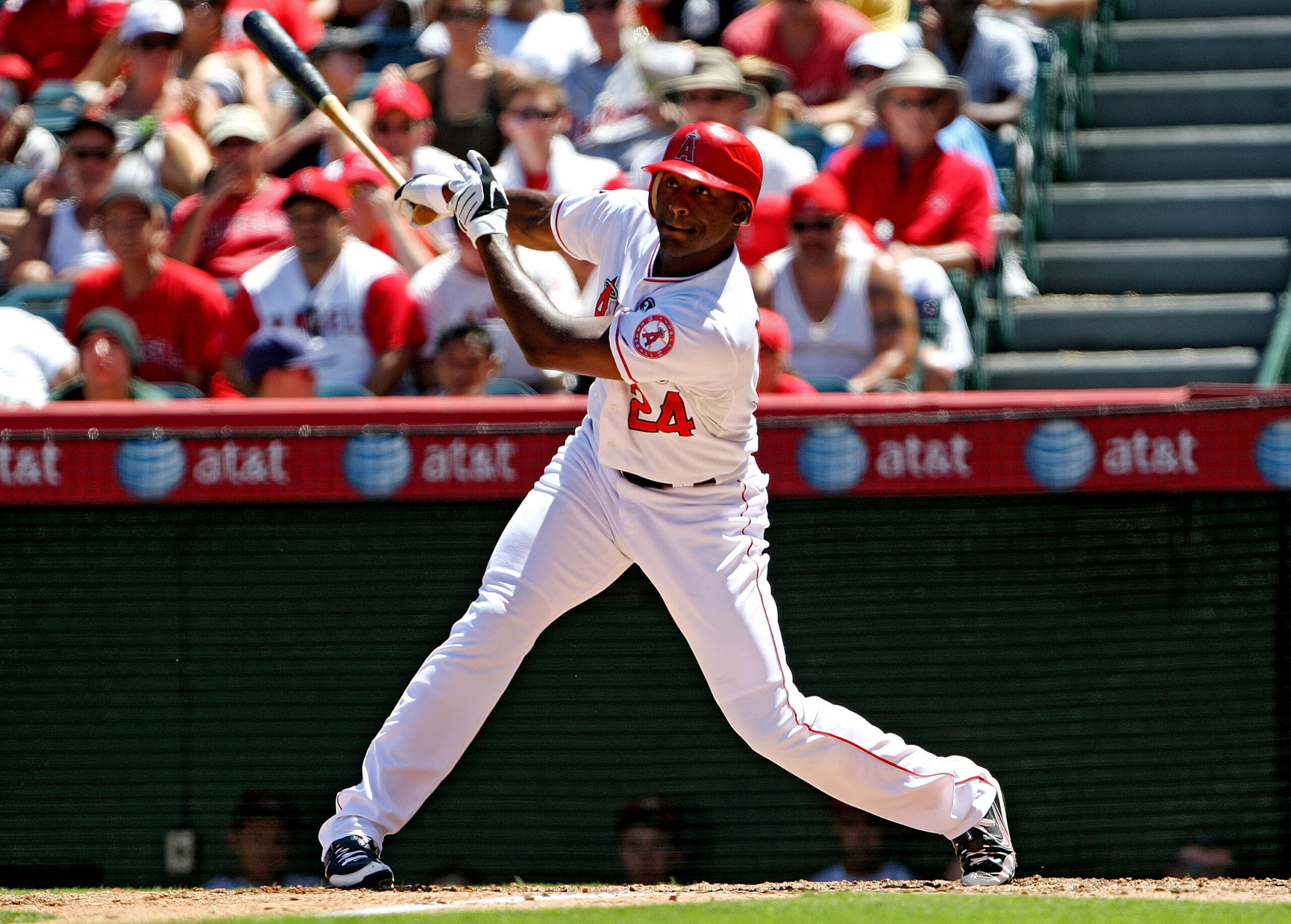
Most outfielders would be satisfied merely catching a ball at the wall. Gary Matthews Jr. apparently found that too mundane when he robbed Mike Lamb of a home run on July 1, 2006. Centerfielders typically don’t add mid-air rotations to already improbable leaps, but Matthews rewrote the defensive playbook that afternoon.
Tracking the drive to deep center, Matthews timed his approach perfectly before launching into what can only be described as baseball’s answer to Olympic gymnastics. At the apex of his jump, he added a mid-air spin that both absorbed the wall’s impact and maintained control of the baseball. This wasn’t in any coaching manual. The degree of improvisation and body control required borders on the supernatural—like watching someone solve a Rubik’s cube while skydiving. Even fellow major leaguers responded with disbelief, the ultimate peer recognition in a sport where playing it cool typically reigns supreme.
4. The Rookie’s Rescue

Late-September baseball often lacks drama for non-contenders, but the 2014 season’s final day delivered an all-time moment of defensive brilliance. With Jordan Zimmermann one out away from the Washington Nationals’ first no-hitter, rookie Steven Souza Jr. entered as a defensive replacement—baseball’s equivalent of being handed the final exam without attending class all semester.
Christian Yelich promptly smacked a sinking liner to left-center that had “heartbreak” written all over it. Souza, channeling pure rookie desperation, covered nearly 100 feet in under four seconds before launching into a full-extension dive with his back to the infield. The ball somehow found his outstretched glove mere inches from the grass. The catch’s timing—final out of the season’s final day—gave it storybook perfection. Zimmermann later gifted Souza a BMW in gratitude, perhaps the most justified automotive purchase in baseball history. Sometimes the baseball gods write scripts too perfect for Hollywood.
3. The Playoff Dream Crusher
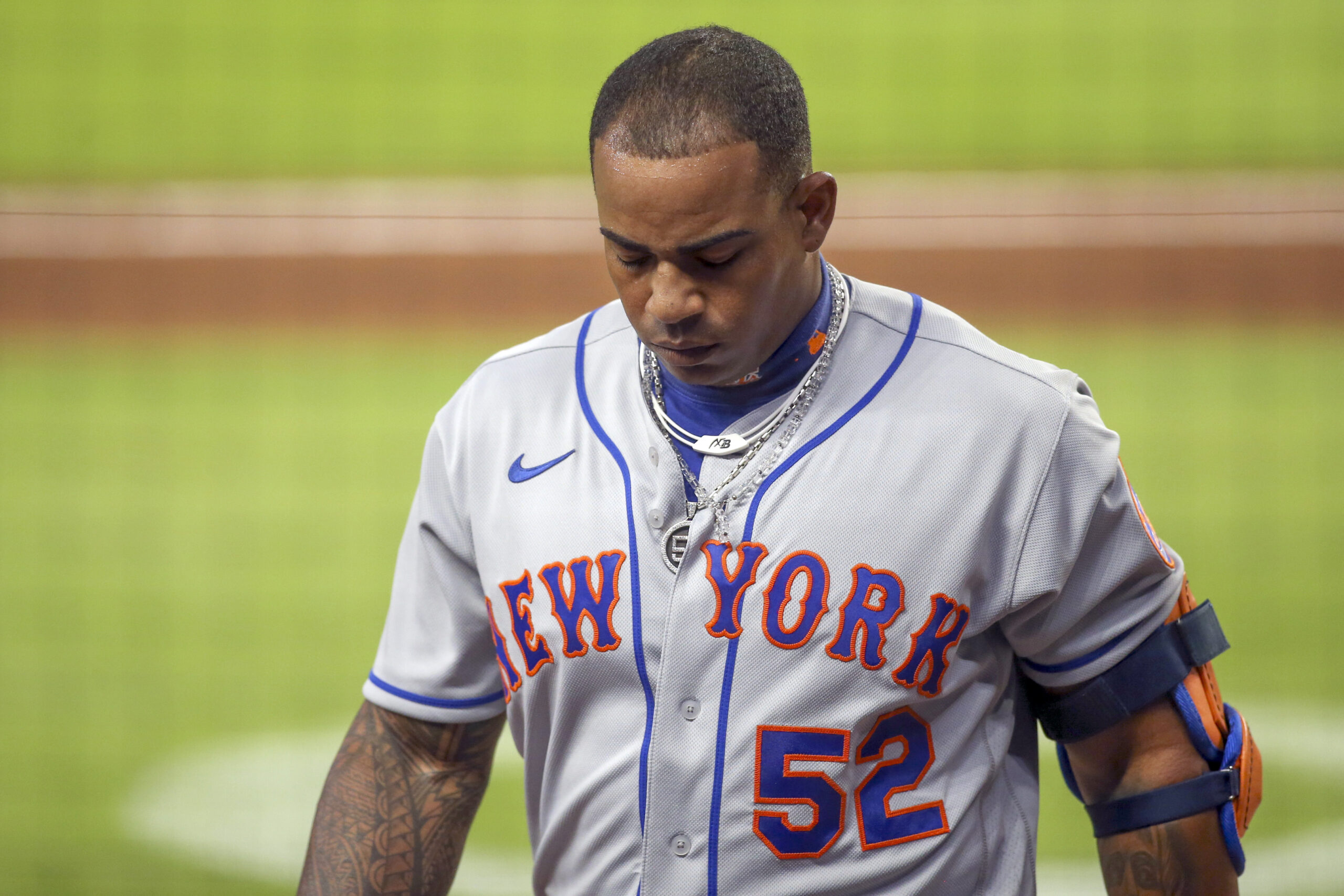
The 2016 playoff race reached critical mass on September 21st when Ender Inciarte crushed New York’s postseason hopes with his glove. Bottom of the ninth, Braves clinging to a one-run lead, Yoenis Cespedes at the plate with two runners aboard—the stage was perfectly set for Mets heroics.
Then came disaster for the home crowd. The crack of Cespedes’ bat had Citi Field erupting prematurely for what sounded like a game-winning home run. Inciarte, gliding toward the left-center wall with deceptive speed, timed his leap with millisecond precision, reaching beyond the fence to snatch back victory. The stadium’s collective roar transformed into stunned silence faster than an Aroldis Chapman fastball. With one defensive gem, Inciarte didn’t just save a game—he effectively slammed shut New York’s playoff window. For a player known more for analytical defensive metrics than highlight-reel plays, this catch offered the perfect blend of style and substance.
2. The Wall-Buster

Most baseball highlights become more impressive in slow motion. Rodney McCray’s infamous fence crash on May 27, 1991, requires no such enhancement—it looks like a physical comedy stunt on first viewing. Playing right field for the Vancouver Canadians in a minor league game, McCray tracked a deep fly ball with tunnel-vision determination most reserve for much bigger stages.
Never slowing his sprint as he approached the warning track, McCray crashed straight through the plywood outfield fence in Portland, disappearing entirely through the newly-created McCray-shaped hole. He missed the catch, but gained baseball immortality. The Portland Beavers later commemorated the spot with a silhouette and plaque reading “McCray Alley.” Every sport has moments of athletic sacrifice, but few have evidence as structurally damaging as McCray’s commitment to making a play in a forgettable minor league game. Sometimes baseball’s most memorable plays don’t make the highlight reel for their success, but for their spectacular failure.
1. The Double-Dip Miracle
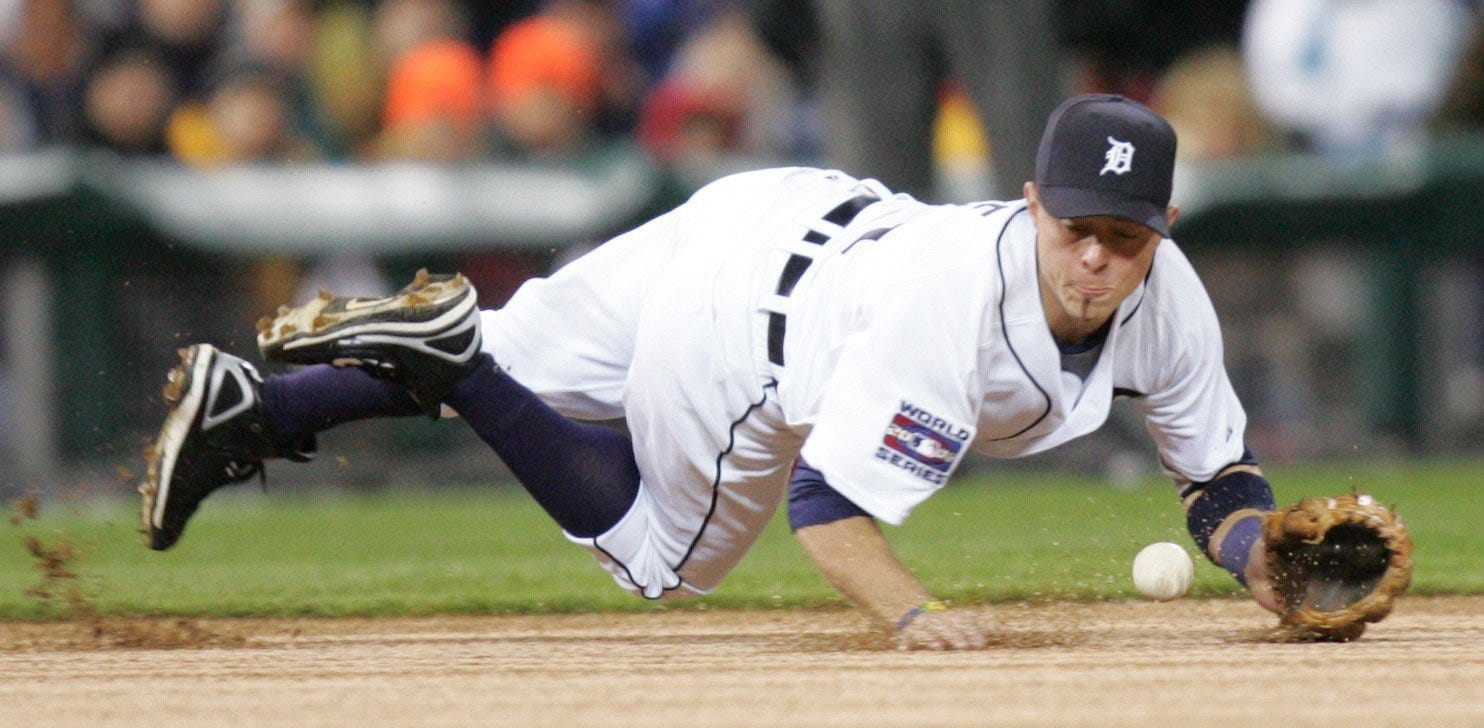
Game 7, NLCS, 2006. Cardinals vs. Mets. Sixth inning, Mets clinging to championship dreams. Scott Rolen launched what looked like a go-ahead two-run homer to left field that would have silenced Shea Stadium. Then Endy Chavez happened.
Timing his approach perfectly, Chavez leaped at the wall and extended his glove well above the fence to bring back the sure home run. But the true genius came next—in one fluid motion, he landed and fired a dart to the infield, doubling off Jim Edmonds who had rightfully assumed the ball was gone. Shea Stadium erupted into what might have been the loudest roar in the venerable park’s history. Though the Mets would ultimately lose the game and series on a heartbreaking called third strike, Chavez’s catch represents the pinnacle of defensive multitasking—turning certain disaster into a two-out swing faster than fans could process what they’d just witnessed.



